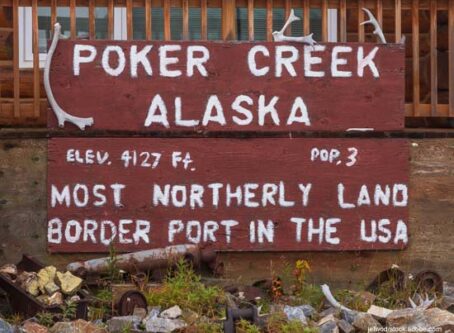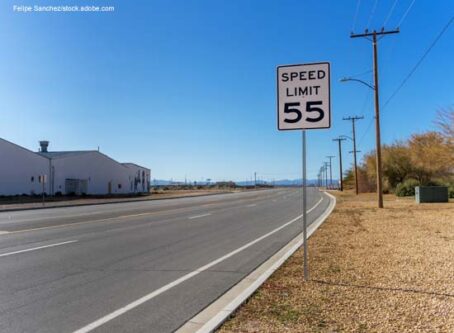A man’s plan to add 45,000 truck parking spaces
American truckers need many thousands of additional parking spaces, and Frank Sonzala intends to supply some of them. A longtime industry marketing and management executive, Sonzala plans to build 100 fenced-in facilities, each with 450 big-rig-size spaces and driver-oriented amenities.
The United States has 365,000 spaces for truck parking, and “that’s not enough,” Sonzala said at this week’s Technology & Maintenance Council meeting in New Orleans.
His goal is to build the network along main U.S. travel routes by 2032, “and I wish we had competition, because that would push us and we’d have it done by 2030.”
Each facility will follow the same plan: Parking spaces will be angled for easy maneuvering, and there’ll be restrooms, showers, television lounges, Wi-Fi, vending machines, eating areas and an adjacent convenience store and hotel, those last two put in by partners like 7-Eleven and Hilton.
Instead of expensive asphalt or concrete paving, the parking areas will use a GeoWeb soil stabilization system. It was developed for the Army Corps of Engineers in the 1970s, according to Bryan Wedin, chief engineer for Presto Geosystems, the originator.
This method requires comparatively shallow subsoil preparation and stabilizes dirt and other materials with a honeycomb-like structure made of high-density polyethylene. Interlinked vertical walls in the structure form cells that secure rock, gravel and soil, forming a firm base that can be driven and walked on.
Prepared areas allow rain and melting snow to pass through and drain into the ground. Drippings of oil and grease will be captured by additional sheeting under the honeycomb while water continues draining. If draining slows, earthen materials and the honeycombing can be taken up, the filter-like sheeting cleaned or replaced and the surface reformed.
GeoWebbing has been used globally in various infrastructure projects, Wedin said. It goes in fast and materials are relatively inexpensive, so it costs about half that of laying traditional hard surfaces that also require drain pipes, curbing and other structures. Sonzala said this makes his plan financially feasible.
Also, he plans to acquire rural property that’s lower priced than that in urban areas.
An example is the first planned facility – branded Contrade, after his holding company – that will be sited along Interstate 35 between San Antonio and Laredo, Texas. Expansion will go from there as additional parcels of land are acquired.
Security will begin with fencing surrounding each property and careful screening of trucks and drivers upon their entrance through a manned gate.
“Ratty trucks with a lot of oil leaks won’t be let in,” he said. “We’ll scan license plates and driver’s licenses and have AI-based facial recognition equipment, so drivers known to have records also won’t be let in.” Excluded, too, will be “lot lizards and scam artists.”
How do truck stop operators feel about this?
“We’re not going to bother the truck stops,” he said. “They do fuel; we’ll leave that to them. They do truck servicing and restaurants; we’ll leave those to them. We will do parking. I think these will become magnets, drawing in fueling stops and other businesses around them. Drivers can use those to fuel up, eat and then come over to us and park.”
A truck stop executive concurred. “I don’t see it as a competitor,” Brandon Rockwell, service vice president at TravelCenters of America, said of Sonzala’s business plan. “For service, we might help. If a driver over there needed service work, they could refer him to us, and our mobile service tech could go over to do it. And he’d have a safe place to work on the truck.” LL









